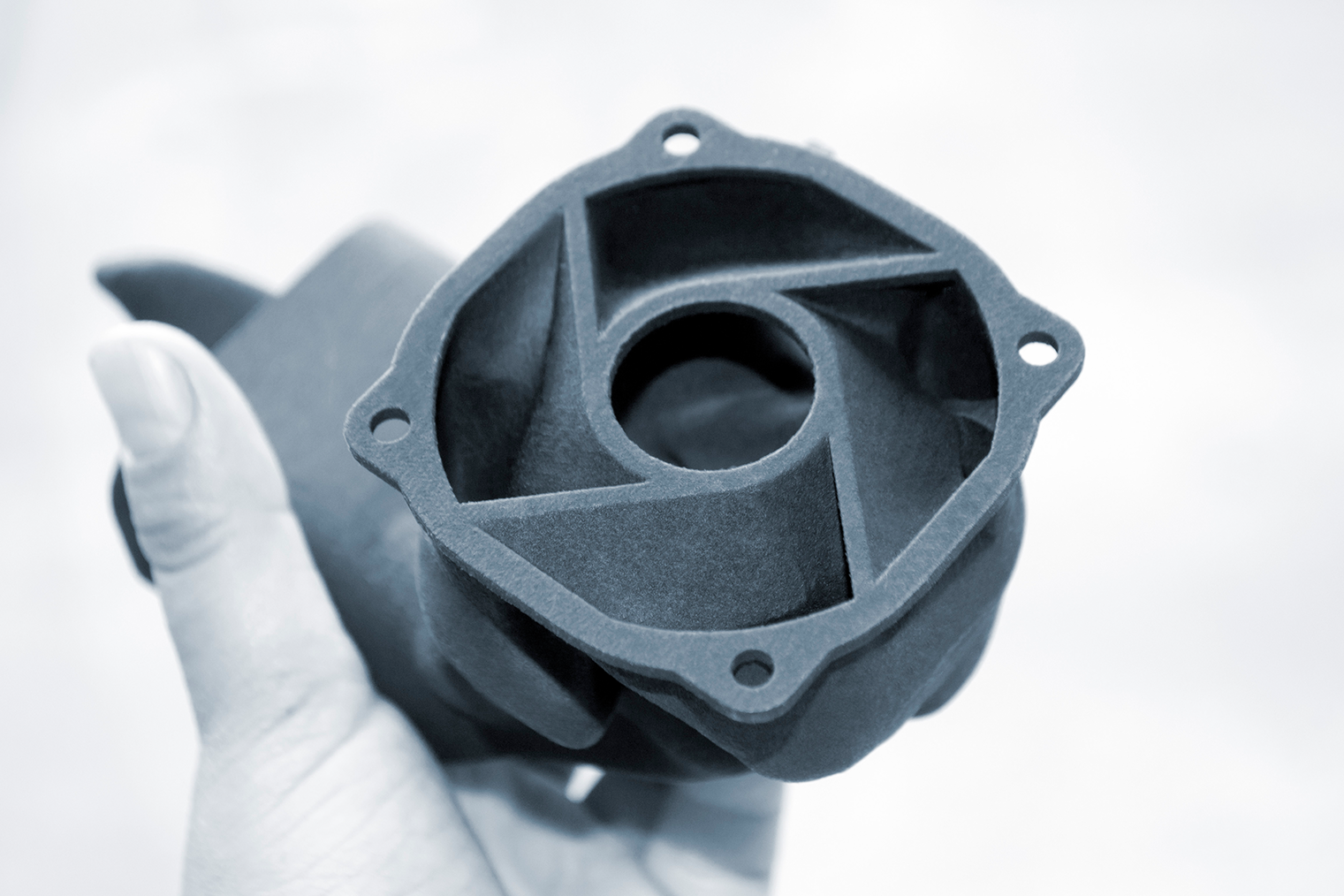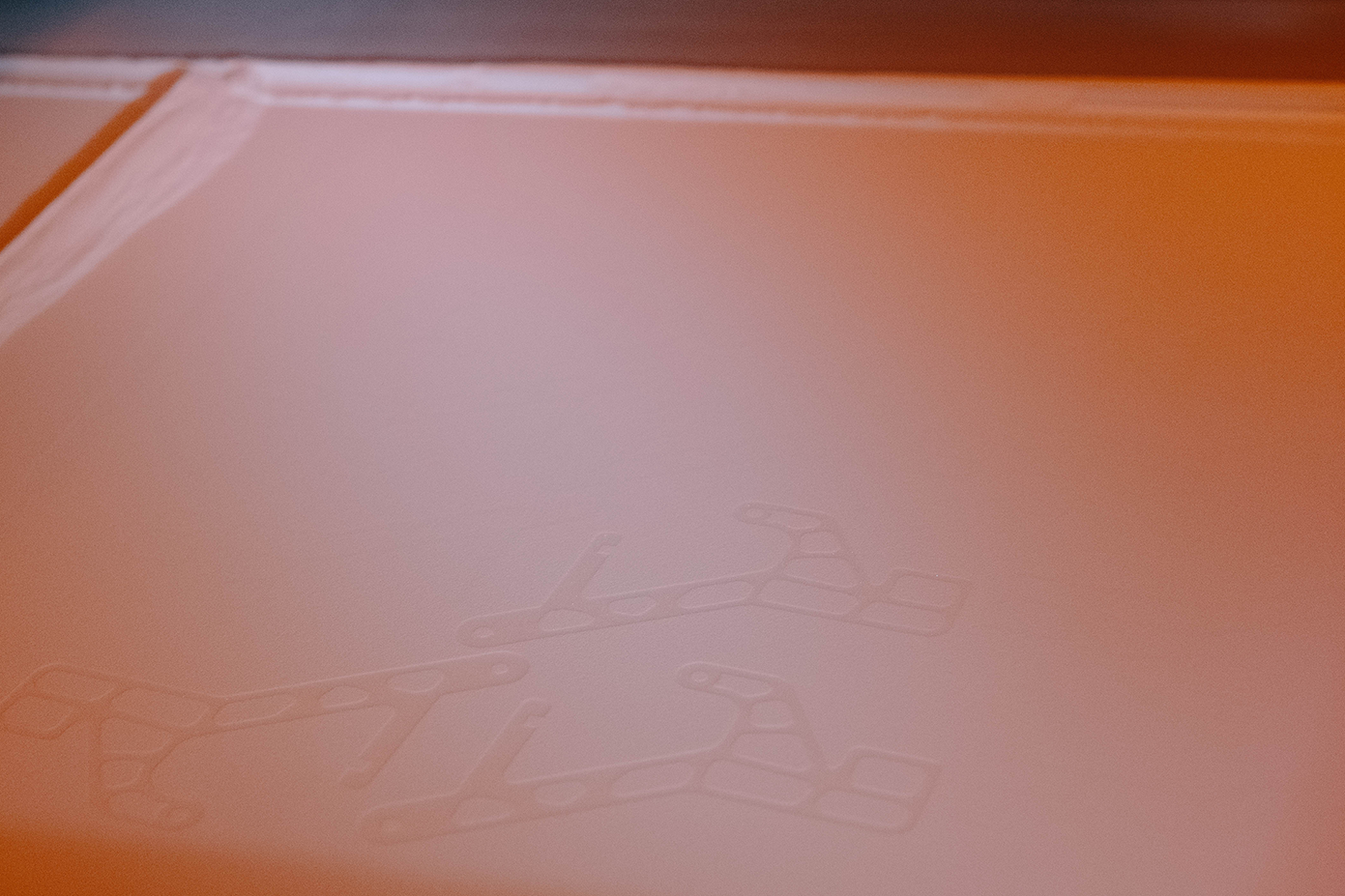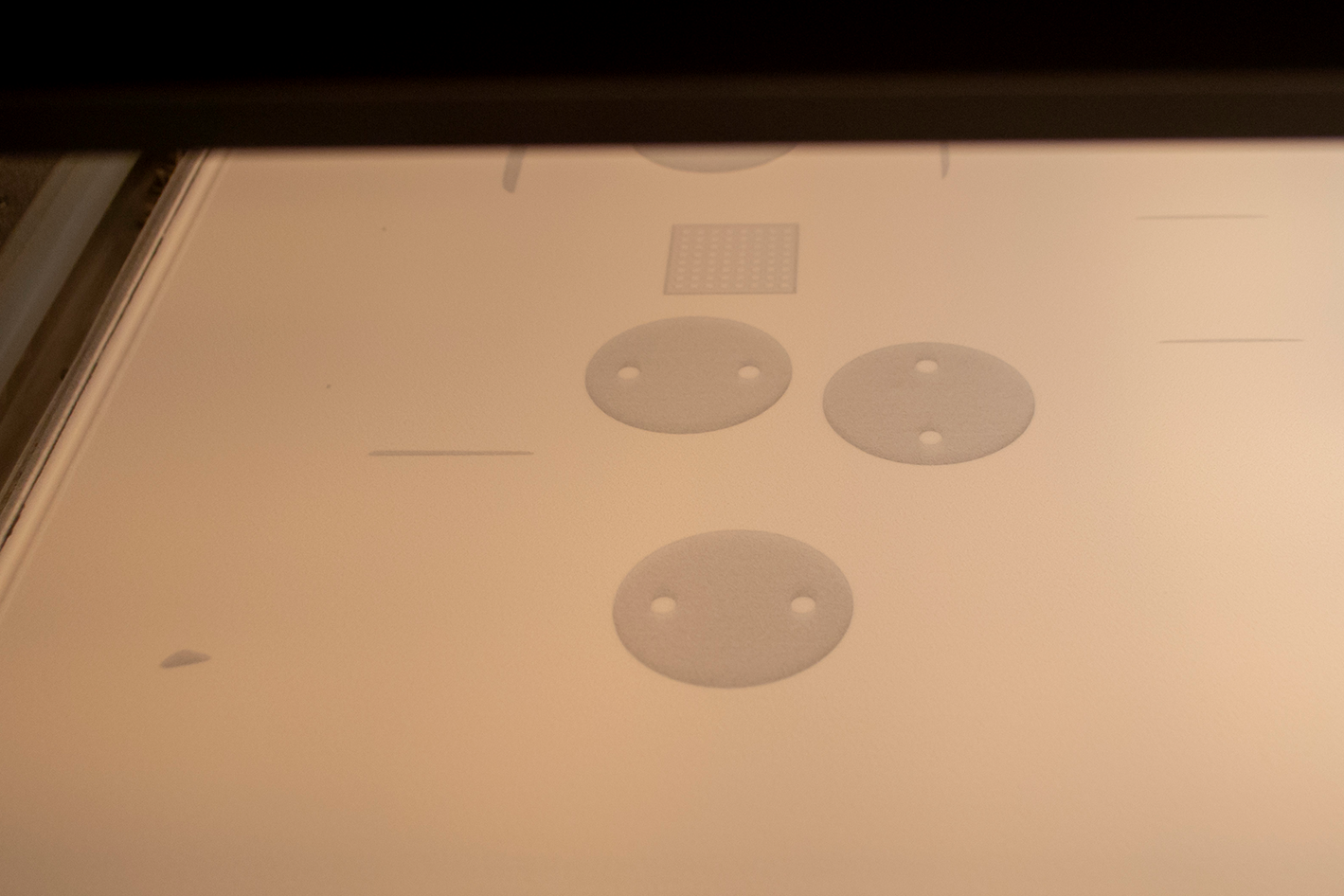Resolution and minimum wall thicknesses
SLS offers material-dependent printing of features between 0.75 mm and 1 mm, while MJF printing can produce the smallest features down to 0.3 mm. I.e. small details can still be reliably imaged at this size. However, it must be said here that although smaller details can be printed via MJF printing, selective laser sintering has a slight advantage in terms of accuracy.
The minimum wall thicknesses are 1 mm for SLS technology and 0.5 mm for MJF. These must be considered for each part.
Strength
Both processes allow the production of components for use in technical environments. If near-isotropic components, where the strength is the same in each tensile direction, are required, MJF 3D printing is the right choice. Consistent manufacturing produces components with high mechanical properties. However, selective laser sintering offers a much wider choice of materials, each with specific mechanical properties that may be more suitable depending on the application. If you are unsure, please contact our Solution Partners to define the optimal process for your component!
Coloring
SLS-printed components can be easily colored in a wide variety of colors, making components in virtually any color possible. For MJF-printed parts there is a technical limitation. Here, the fusing agent used is black, since dark materials absorb infrared radiation much better. Thus, the parts are grayish when they come out of the printer, but black throughout on the inside.
Important to know: MJF can also be printed in full color. This makes the process particularly interesting for illustrative models, model making applications or for the advertising and marketing sector.
Production time
The printing process is faster with MJF additive manufacturing technology because all parts in the print space are processed simultaneously with each powder layer. With SLS 3D printing, all shapes must be "traced" with the laser beam per layer. Multi Jet Fusion is also ahead in series production, because this process allows multiple parts to be printed in parallel.
In addition to the production speed, the utilization of the printers is also relevant for the delivery time. The delivery times of a component are displayed in the stores immediately after a 3D print file is uploaded.
Sustainability
An important issue in additive manufacturing is the recycling rate of the leftover powder after a 3D print. Since plastics are made from fossil fuels, recycling is relevant to making manufacturing as sustainable as possible. In SLS printing, around 30-50% of the powdered material can be reused after a print, whereas in the MJF process, up to 80% of the powder can be recycled. This also results in lower material costs.
Part size and installation space
In terms of the size of the parts to be produced, Selective Laser Sintering, with a maximum size of 680 x 380 (or larger) x 560 millimeters, is well ahead of Multi Jet Fusion, which is at its limit at 380 x 284 x 380 millimeters. However, MJF is ahead when it comes to small components. MJF prints can be produced with minimum dimensions starting at 0.5 millimeters, while SLS prints "only" start at 0.8 millimeters.
Prices
When it comes to additive manufacturing of individual parts, similar costs per part can be expected with both processes. In general, MJF printing can also bring a cost advantage due to its time advantage and better mixing ratio of old and fresh powder. However, this cannot be answered in a general way. For a quick cost comparison, we recommend uploading your print file to our calculator in the store and comparing the results.






